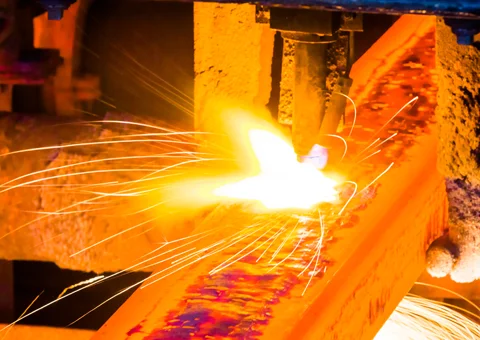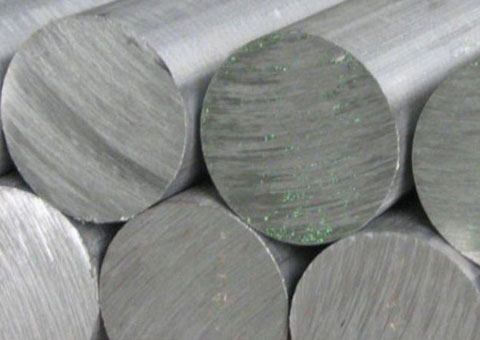Partner countries of the Organization for Economic Development and Cooperation (OECD) use about five times more grants per unit of steel capacity than OECD member states. This is stated in a new study by the organization’s Sustainability Committee.
The study is based on a new database on the finances, subsidies and steelmaking capacity of 46 major steel companies. The data was collected consistently from 2025 to 2021.
As noted, such subsidies in partner countries (the OECD works closely with some of the world’s largest economies, including China and India) lead to a significant expansion of capacity – each additional $1 million in subsidies correlates with an increase of about 7-11 thousand tons.
In addition, the use of subsidies per unit of steel capacity in the form of grants in OECD partner countries increased fivefold in 2005-2021, and in the form of borrowing at below-market rates – twofold.
This contrasts sharply with the situation in the organization’s member countries, where both subsidies in the form of grants and below-market borrowing remained relatively stable over the period and did not correlate with capacity growth.
The situation may be related to the different frameworks of subsidy programs and the degree of control over their use. As noted, this underscores the need for a dialogue in global forums on best practices to urgently address the problems that distort the market the most.
Subsidies provided to steel companies are most often aimed at expanding capacity or supporting new investments and capital equipment (40%), supporting R&D, including those related to green technologies (28%), and environmental protection (13%). Raw materials, land, and energy (8%), export support (6%), and social needs (5%) account for only a small share of the stated goals.
According to the report, the extent and prevalence of subsidies in the steel industry is influenced by the national context. For example, jurisdictions with production targets, such as China, are more likely to subsidize the industry. The metallurgical sector, in particular, has been prominent in each of the last four five-year development plans of the country, but the focus and priorities have changed.
The national context and priorities may be immune to global steel market conditions and international pressure.
At its last meeting, the OECD Steel Committee expressed concern about the distortion of the steel market due to unfair competition and growing trends in the circumvention of trade protection measures. As for global steel demand in 2025, it may generally show a moderate improvement, but there are a number of risks, such as macroeconomic and geopolitical uncertainty, the extent of the downturn in China and the worsening global overcapacity situation.
Courtesy : GMK.center

